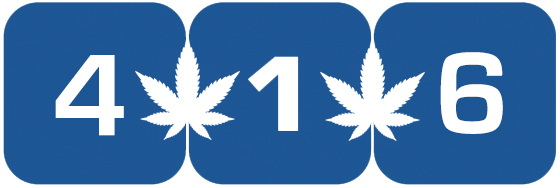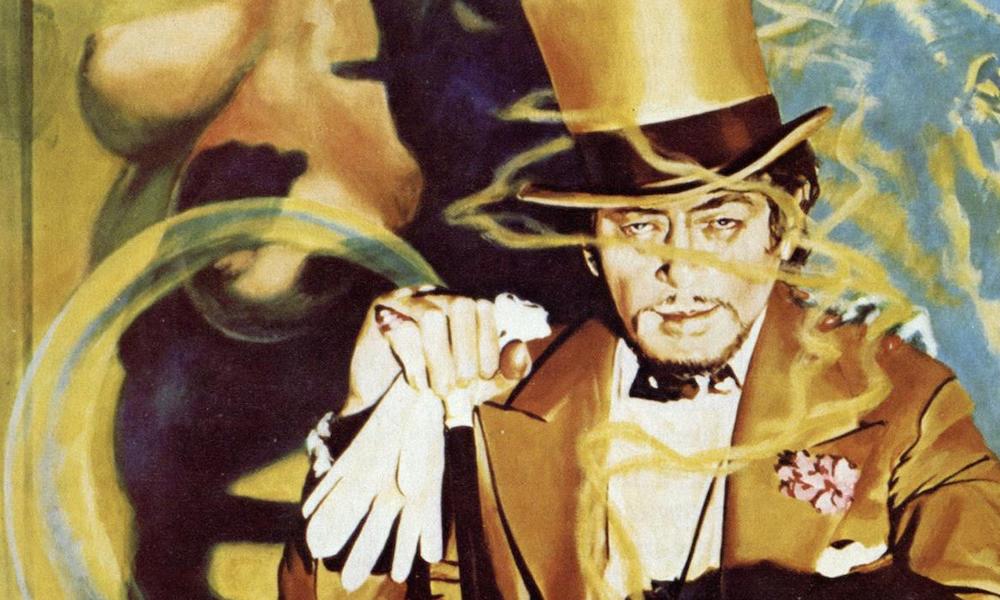For this edition of Flashback Friday, we’ve got an article from Albert Goldman from the July, 1979 issue of High Times magazine.
Though hemp has been a familiar drug for thousands of years in the Orient, it did not enter the carefully guarded precincts of European culture until the nineteenth century. Then, it made a sensational appearance by being injected into the nerve center of the Western World: the brilliant and influential Paris of the 1840s. The discovery of the drug at this particular time and place can be associated with a number of factors: Napoleon’s conquest of Egypt and the subsequent vogue of everything Oriental; the blossoming of the French Romantic movement, with its addiction to exotic images and sensations; the influence of the first great drug writers, particularly Thomas De Quincey, whose Confessions of an English Opium-Eater was translated as early as 1828 by Alfred de Musset and whose disciples included Charles Baudelaire, who revered De Quincey as a Romantic genius, paying him the tribute of a second, more eloquent, translation coupled with a commentary on the noble character of the English author.
Yet despite all these favoring circumstances, there would have been no vogue of hemp in Paris at this time if a certain young French psychiatrist had not brought the drug back from the Middle East and begun to experiment with it for purposes that had nothing to do with getting high or having visions or writing brilliant pieces in the Revue des Deux Mondes. As this whole episode in cultural history depends so completely on the original French Connection, the most natural place to begin the story of dope in the West is by introducing the “seraphic doctor.”
Jacques Joseph Moreau commenced his medical career by escorting wealthy psychotics on prolonged journeys to picturesque places: …
Read More
Author: High Times / High Times









